About this deity
An (Sumerian: 𒀭) was the supreme deity of the sky and father of the Sumerian pantheon of deities. An was commonly symbolized by the horned cap and dingir (𒀭) symbol.
Also known as
Parent belief system
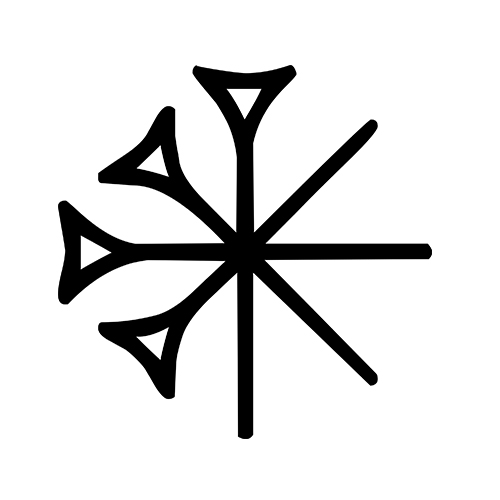 Sumerian Religion · Polytheistic · 7 mythsexpand_lessSumerian religion refers to spiritual beliefs practiced from ca. 4500-1900 BCE in Mesopotamia, or modern-day southern Iraq. Many deities were diffused into other Mesopotamian cultures.
Sumerian Religion · Polytheistic · 7 mythsexpand_lessSumerian religion refers to spiritual beliefs practiced from ca. 4500-1900 BCE in Mesopotamia, or modern-day southern Iraq. Many deities were diffused into other Mesopotamian cultures.
Top myths
 | | | | |
| Epic of Gilgamesh (OBV) | Gilgamesh, Enkidu, and the Netherworld | Adapa and the South Wind | Epic of Ziusudra | |
| Hero myth | Afterlife myth | Creation myth | Creation, Flood myth | |
| Unknown author | Unknown author | Unknown author | Unknown author | |
| Read myth | Read myth | Read myth | Read myth | |
| More myths | ||||
An as the Sumerian sky deity associated with creation
An was commonly associated with creation in the Sumerian tradition (as An). However, he does not appear often in humanoid form and his exact relationship to other deities has changed over the course of Mesopotamian history. One example of this may be the question of who are An's attested mother and consort. In this case, his wife may be Ki, the Earth deity, Antu, or Urash. Jeremy Black has noted the difficulty in assigning this deity to strict categories.
"An is the Sumerian word for 'heaven', and is
the name of the sky god who is also the prime
mover in creation, and the distant, supreme
leader of the gods. He is regarded as a
descendant of the god Uraš, with whom he was
later even identified; or else as the son of primordial
Ansar and Kišsar. He is father of all
the gods. His wife is the earth goddess Uraš;
in a later tradition he is married to Ki. As
Babylonian Anu he has a wife Antu. It is An
who, in Sumerian tradition, took over heaven
when it was separated from earth (ka), creating
the universe as we know it."[1]
As mentioned, An's presence in art is also limited.
"Although in almost all periods one of the
most important of Mesopotamian deities, An's
nature was ill-defined and, as he is seldom (if
ever) represented in art, his specific iconography
and attributes are obscure. He has
sometimes been thought to be represented
among the gods on the Neo-Assyrian rockrelief
at Maltai, but this is uncertain. In Kassite and
Neo-Assyrian art at least, Anu's symbol is a horned cap."[2]
For these reasons, An is a difficult deity to categorize other than for consistent findings across time.
Mythological stories including An
 Epic of Gilgamesh (OBV) Hero myth
Epic of Gilgamesh (OBV) Hero mythNuthsell
Sit tight. More information about this is coming soon.
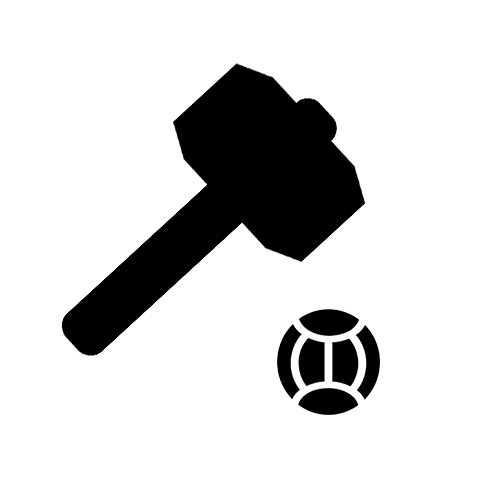 Gilgamesh, Enkidu, and the Netherworld Afterlife myth
Gilgamesh, Enkidu, and the Netherworld Afterlife mythNuthsell
While Enki was saling, the south wind uprooted a single ḫalub tree on the bank of the Euphrates river. A woman found it, planted it in Inanna's garden, and watered it by only using her feet; it grew massive after ten years. Inanna wanted to use it for a chair, but its bark would not break. Inanna cried and asked her brother, Gilgameš, to do it. Gilgameš cut the tree with his strength and also made a powerful mallet from its branches. During a game, both the ball and the mallet fell down into the netherworld. When Gilgameš could not recover items, his servant Enkidu offered to retrieve it. Enkidu became trapped there. Gilgameš asked Enki and Enlil to rescue Enkidu, but without success. Utu, however, obliged and made a hole for Enkidu to return. Gilgameš rejoiced and asked Enkidu how different kinds of people fare in the netherworld, ending the poem.
 Adapa and the South Wind Creation myth
Adapa and the South Wind Creation mythNuthsell
Sit tight. More information about this is coming soon.
 Epic of Ziusudra Creation, Flood myth
Epic of Ziusudra Creation, Flood mythNuthsell
The Sumerian deities An, Enlil, and Enki created the "black headed people," the animals, and assigned the cities among the deities. Eridug was given to Nudimmud, the leader. Ziusudra, a Sumerian king, is told that a flood will sweep over the land: "A decision that the seed of mankind is to be destroyed has been made." This was announced by An and Enlil. A huge boat is constructed and it withstands the rain and wind for seven days and seven nights. When the chaos ended, Utu, the sun deity, showed himself and entered the boat, whereby Ziusudra sacrified oxen and offered sheep to him. As the animals disembarked off of Ziusudra's boat, An and Enlil treated Ziusudra kindly and granted him eternal life in "the land Dilmun" because he preserved the seed of mankind.
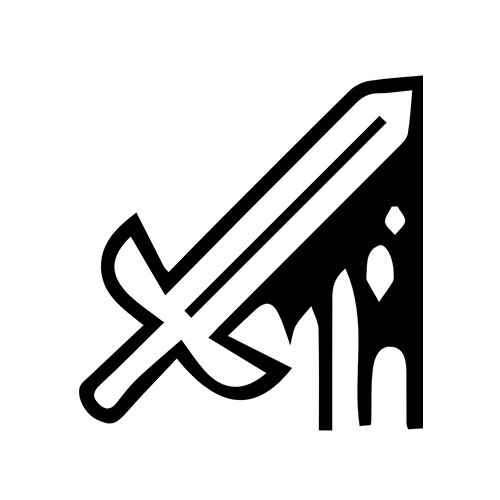 Epic of Tukulti-Ninurta I Prestige myth
Epic of Tukulti-Ninurta I Prestige mythNuthsell
Tukulti-Ninurta I, the Assyrian leader, describes his military campaigns against the Babylonians. The poetic narrative embellishes the might and power of Tukulti-Ninurta I and his army, resulting in an Assyrian victory. A statue of the chief Babylonian deity, Marduk, was stolen and taken to the Assyrian capital.
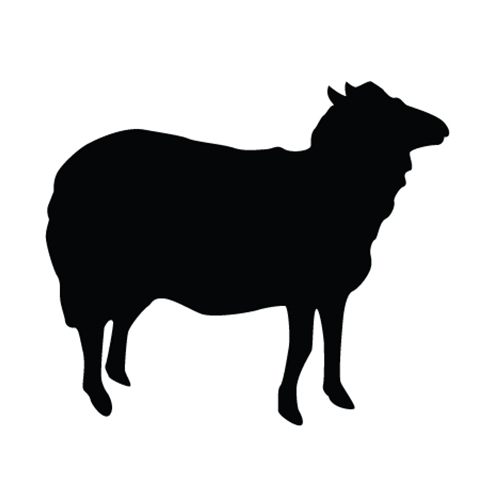 Debate Between Sheep and Grain Creation myth
Debate Between Sheep and Grain Creation mythNuthsell
Sit tight. More information about this is coming soon.
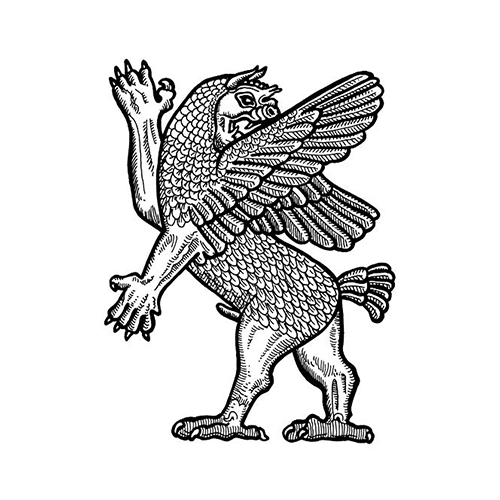 Epic of Anzu Prestige myth
Epic of Anzu Prestige mythNuthsell
The winged eagle-lion monster named Anzu steals the Tablet of Destinies. No other deity wants to chase him down other than Ninurta, a warrior deity known for hunting. After a failed attempt, Ninurta captures Anzu, ends his life, and recovers the Tablet of Destinies.
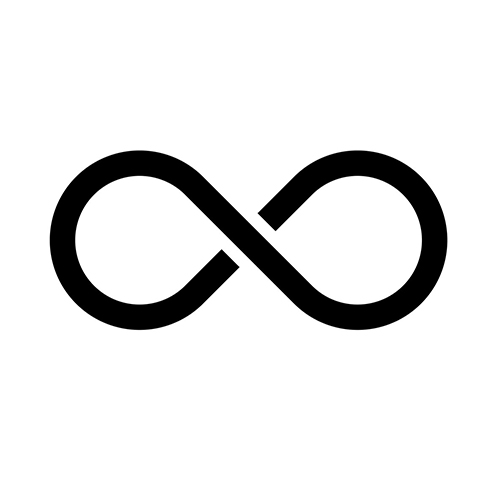 Epic of Gilgamesh (SBV) Prestige, Hero myth
Epic of Gilgamesh (SBV) Prestige, Hero mythNuthsell
Gilgamesh is the king of Uruk and has a track record of terrorizing his own people. The people cry out to the supreme deity Anu, who creates a twin of Gilgamesh named Enkidu. Enkidu sets out for Gilgamesh, finds him, and they become friends after a brawl. The two journey together, whereby Enkidu dies. Gilgamesh tries to become an immortal with the help of a plant, but fails. The story ends with Gilgamesh realizing that his destiny is to be a good king to his people.
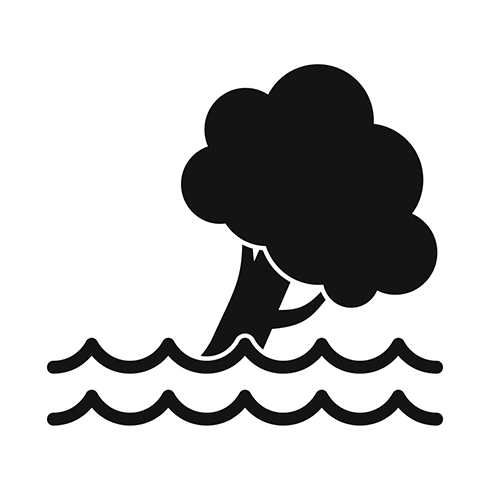 Epic of Atrahasis Creation, Flood myth
Epic of Atrahasis Creation, Flood mythNuthsell
Sit tight. More information about this is coming soon.
 Eridu Genesis Creation, Flood myth
Eridu Genesis Creation, Flood mythNuthsell
The Sumerian deities An, Enlil, and Enki created the "black headed people," the animals, and assigned the cities among the deities. Eridug was given to Nudimmud, the leader. Ziusudra, a Sumerian king, is told that a flood will sweep over the land: "A decision that the seed of mankind is to be destroyed has been made." This was announced by An and Enlil. A huge boat is constructed and it withstands the rain and wind for seven days and seven nights. When the chaos ended, Utu, the sun deity, showed himself and entered the boat, whereby Ziusudra sacrified oxen and offered sheep to him. As the animals disembarked off of Ziusudra's boat, An and Enlil treated Ziusudra kindly and granted him eternal life in "the land Dilmun" because he preserved the seed of mankind.
 Enuma Elish Creation myth
Enuma Elish Creation mythNuthsell
The universe was created according to the Babylonian timeline.
AMGG data for An
An has a dedicated entry page on AMGG with the name 'An/Anu (god).' Included data from this source may provide the deity's background, function, divine genealogy, cult places, attested time periods, iconography, and more.
About the AMGG project
 AMGG Est. 2010expand_lessThe Ancient Mesopotamian Gods and Goddesses (AMGG) project is an extension of the ORACC project by the University of Pennsylvania. It provides a list of the fifty most common deities in Mesopotamia. The tool is intended to be a useful starting point for researchers.
AMGG Est. 2010expand_lessThe Ancient Mesopotamian Gods and Goddesses (AMGG) project is an extension of the ORACC project by the University of Pennsylvania. It provides a list of the fifty most common deities in Mesopotamia. The tool is intended to be a useful starting point for researchers.
Record numbers
| AMGG Title | An/Anu (god) |
Deity profile
| Deity name | An/Anu (god) |
| Introduction | Mesopotamian sky-god, one of the supreme deities; known as An in Sumerian and Anu in Akkadian. |
Record notes
About these data
| Retrieval date | Jun. 7, 2020 |
| Entry author | Kathryn Stevens |
| Copyright | AMGG @ UPenn |
Cite this page
OMNIKA Foundation Contributors. "An." OMNIKA – World Mythology Index, OMNIKA Foundation, 20 Jul. 2019, omnika.org/stable/224. Accessed 24 Dec. 2025.
OMNIKA (2019, July 20). An. Retrieved from https://omnika.org/stable/224
OMNIKA Foundation Contributors. "An." Las Vegas, NV: OMNIKA Foundation. Created July 20, 2019. Accessed December 24, 2025. https://omnika.org/stable/224.






